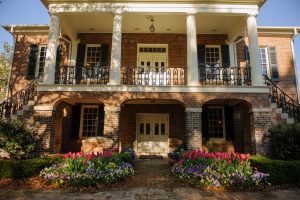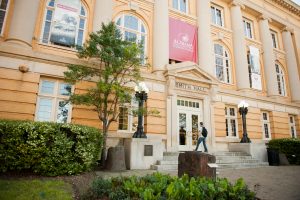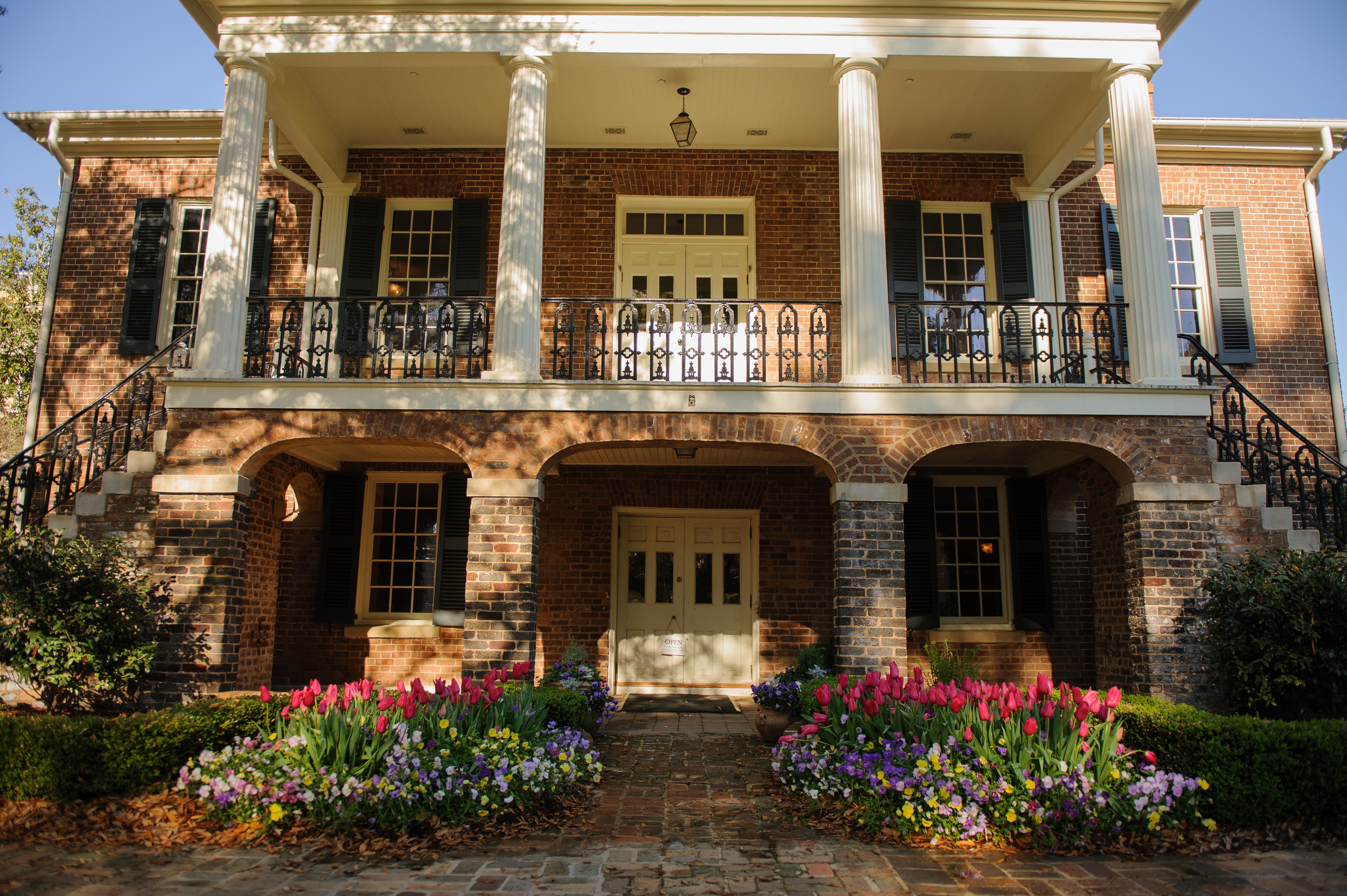
TUSCALOOSA, Ala. — The West Alabama community is invited to connect with people from history who played a role in making Tuscaloosa what it is today during The University of Alabama’s annual Living History Festival on Saturday, March 25.
Hosted by UA Museums and the history department, this year’s festival will include actor portrayals of historic figures at four different museums around Tuscaloosa — the Alabama Museum of Natural History, the Gorgas House Museum, the Mildred Westervelt Warner Transportation Museum and the Old Tavern.
Attendees can visit the museums and talk with the historic figures to learn about their life and their impact on Tuscaloosa, the community and world history. Attendees will have an opportunity to interact with several figures including the Gorgas family; Dr. Eugene Allen Smith; Mildred Westervelt Warner, the organizer and major patron of the pool and bath house; Chief Tuskaloosa, a paramount chief of a Mississippian chiefdom in what is now Alabama, who is notable for leading his people at the Battle of Mabila (near present-day Selma) against the Spanish conquistador Hernando de Soto; and Ellen Guild, who lived in the Guild-Verner house and painted many early Tuscaloosa scenes.
Attendees can also take a historical walking tour of campus starting at the Gorgas House Museum.

Cost is $5 a person. Pre-registration is not required; however, all attendees must start at the Alabama Museum of Natural History (Smith Hall on campus) to obtain a wristband and map for the event. Encounters with the historical figures are “visit at your own pace,” but historic walking tours are scheduled. The 45-minute tour will run every 30 minutes beginning at 10:15 a.m. Saturday, March 25, at UA’s Gorgas House. The last tour will leave at 1:15 p.m.
“Our story is one of adversity, triumph, defeat, and innovation, a fascinating tale with many players from all over the world,” said Allie Sorlie, education outreach coordinator for UA’s Alabama Museum of Natural History. “Tuscaloosa and the University of Alabama have many stories, some of which are not well known, that all come together to make a rich history. It is important to learn about our past so that we can try to understand our present and future.”
Contact
Kim Eaton, UA media relations, 205/348-8325 or kkeaton@ur.ua.edu
Source
Allie Sorlie, Alabama Museum of Natural History Education Outreach Coordinator, 205/348-6383, acsorlie@bama.ua.edu
